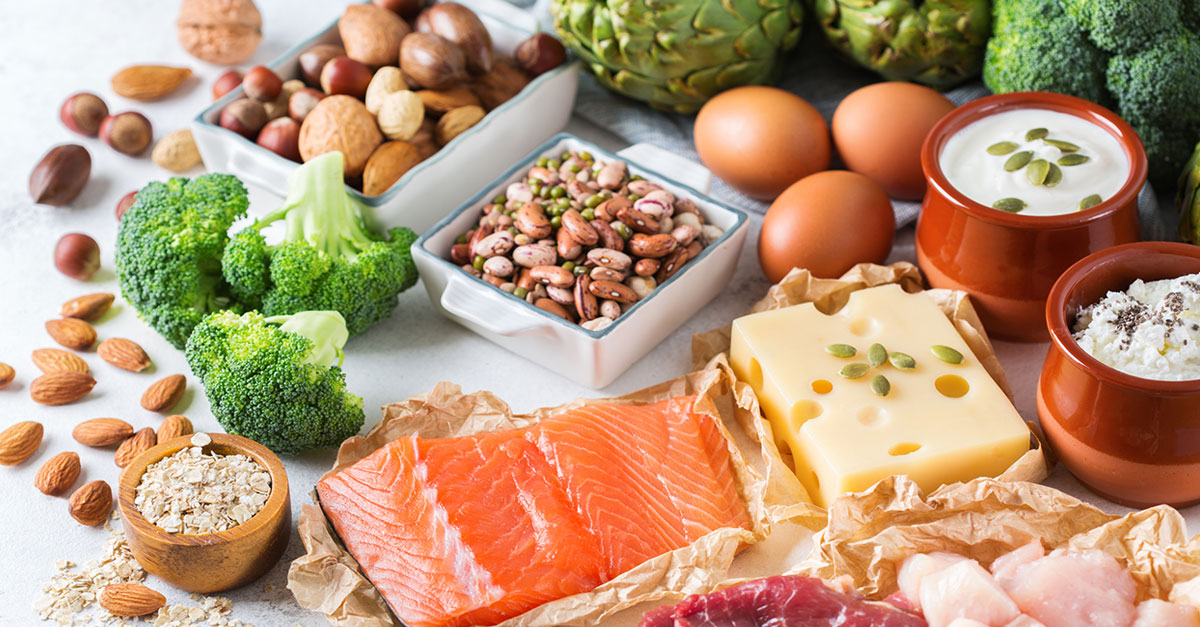Osteoporosis, a condition marked by weak and brittle bones, can’t be felt and it isn’t fatal by itself, but if you have it, you’re much more likely to fracture a bone if you fall. And recent research points to greater risk for premature death following an osteoporosis-related fracture. Osteoporosis can’t be seen either, but one possible tip-off is a loss of height. The condition affects both men and women, but most often postmenopausal women.
Conventional doctors often treat osteoporosis with calcium supplements and perhaps prescription drugs such as alendronic acid (Fosamax) or raloxifene (Evista). These medications can have side effects that range from joint pain to weakening of the jawbone with Fosamax…and hot flashes to chest pain with Evista. Note: People with moderate-to-severe osteoporosis and/or a strong family history of osteoporosis may need medication.
I recommend calcium as well but prefer that patients get it from food. Although more research is needed, studies have indicated that getting too much calcium from supplements may increase risk for heart disease. Excess calcium can also cause constipation and lead to kidney stones. So if I do recommend a calcium supplement, I advise a calcium/magnesium combination (the magnesium reduces risk for constipation) along with 400 international units (IU) of vitamin D to aid absorption.
Many of my patients choose my protocol as their only treatment for osteoporosis, but it can be used in conjunction with prescription medication. Important: It’s also crucial for patients to not smoke (smoking increases risk for osteoporosis). My osteoporosis prevention and treatment plan…
• Improve diet. Studies show that people who eat foods that are low in minerals and vitamins are more likely to develop osteoporosis and experience a fracture than those who eat a diet emphasizing leafy greens, nuts, beans, whole grains, dairy and oily fish like salmon and sardines. That’s because these foods contain lots of the nutrients necessary for healthy bone growth—calcium, magnesium and vitamins D and K. Get plenty of these foods in your daily diet.
Beware: Frequent alcohol consumption, diets high in meat protein and salt and drinking carbonated beverages daily all will increase your odds of osteoporosis.
• Enhance digestion. In addition to eating healthy foods, you have to be able to digest them effectively to get all of their benefits. Minerals and fat-soluble vitamins like D and K need plenty of stomach acid to be broken down and absorbed. Acids like fresh lemon juice and vinegar help speed up the breakdown of minerals and vitamins in your stomach so that they get absorbed into your bloodstream quickly. Just sprinkle some vinegar or fresh lemon juice (or any fresh citrus juice) on vegetables, fish and meat, and be sure to choose a vinaigrette salad dressing.
• Optimize strength and balance. Weight-bearing exercise helps build bone strength and stem bone loss. Good options: Walking, dancing, lifting free weights and using resistance bands. Try to do weight-bearing exercise for 30 minutes, five times a week. Wearing a weighted vest when at home or when walking helps, too. Practicing yoga (even for just 15 minutes three times a week) gently develops muscles and balance. Also: Practice walking on slightly uneven ground, like a footpath or dirt road—it will improve your balance and make you less likely to fall.

